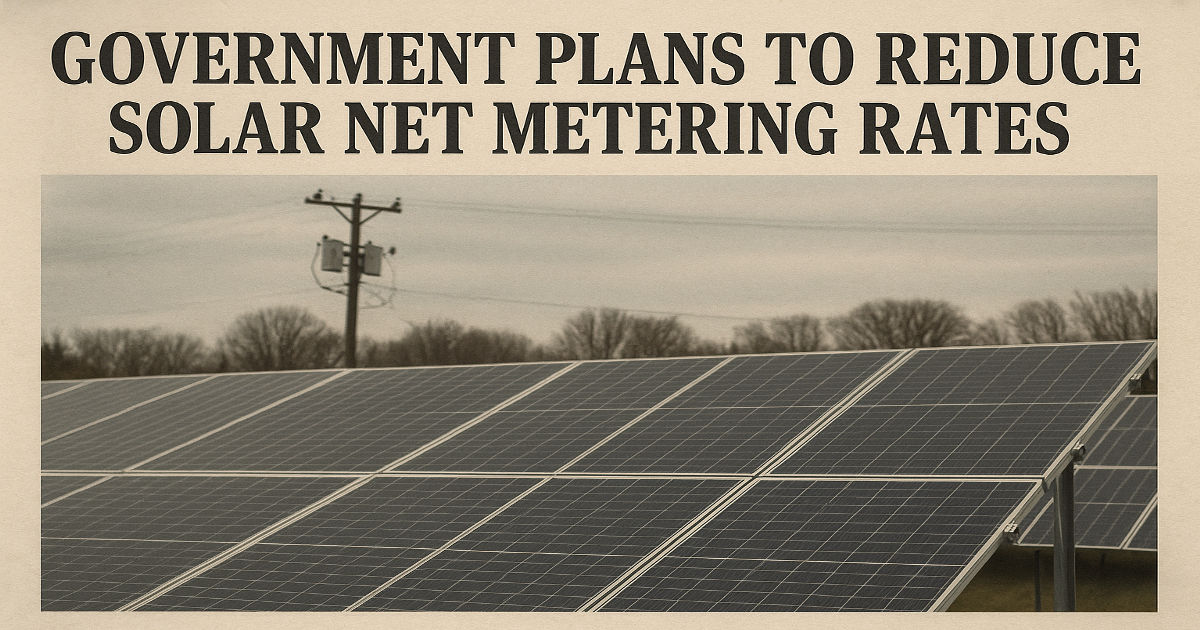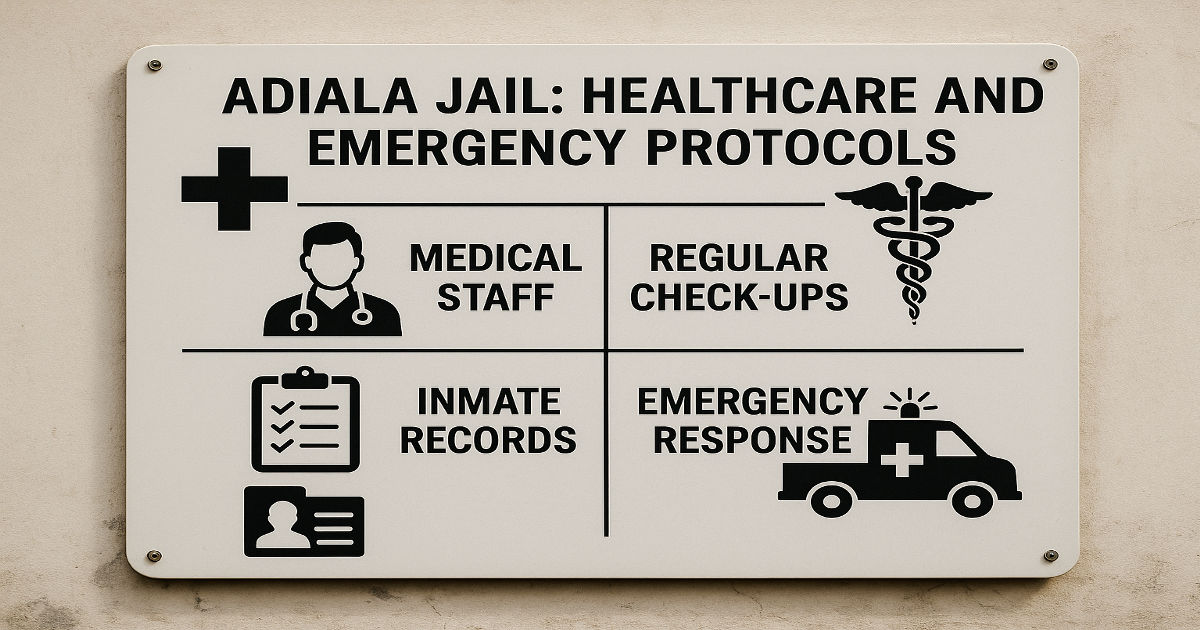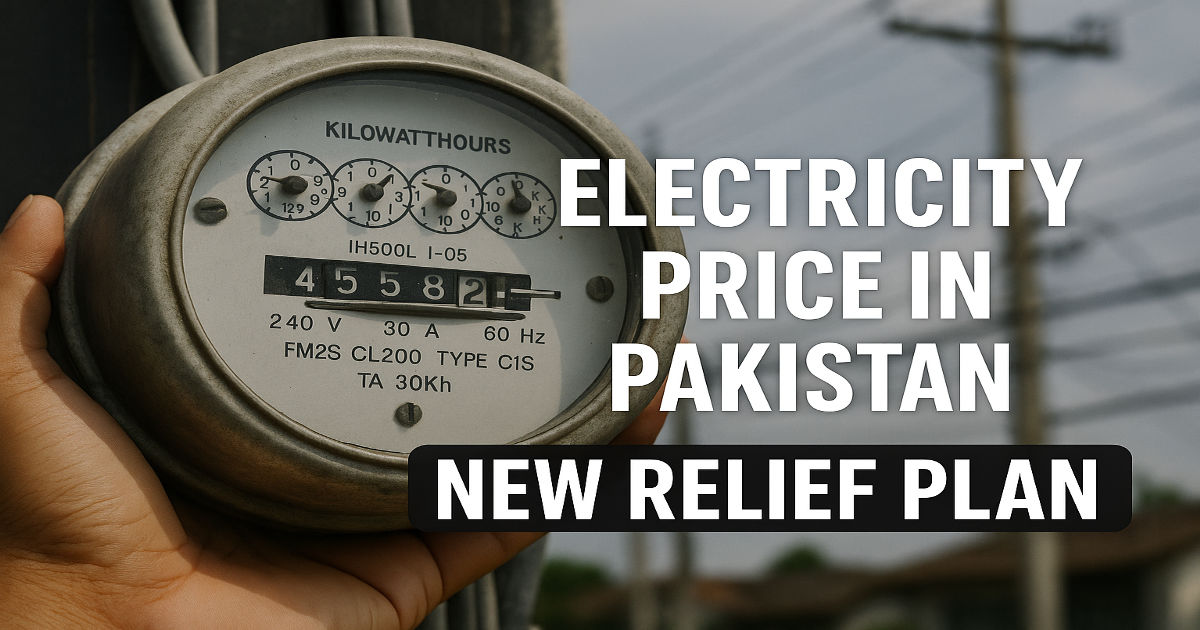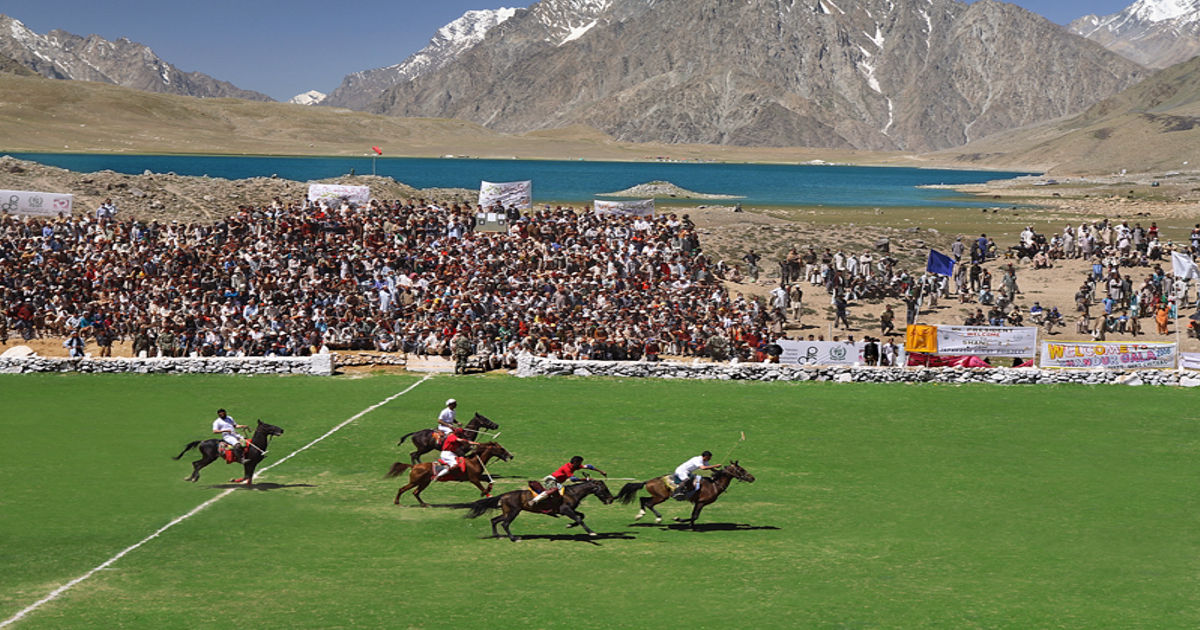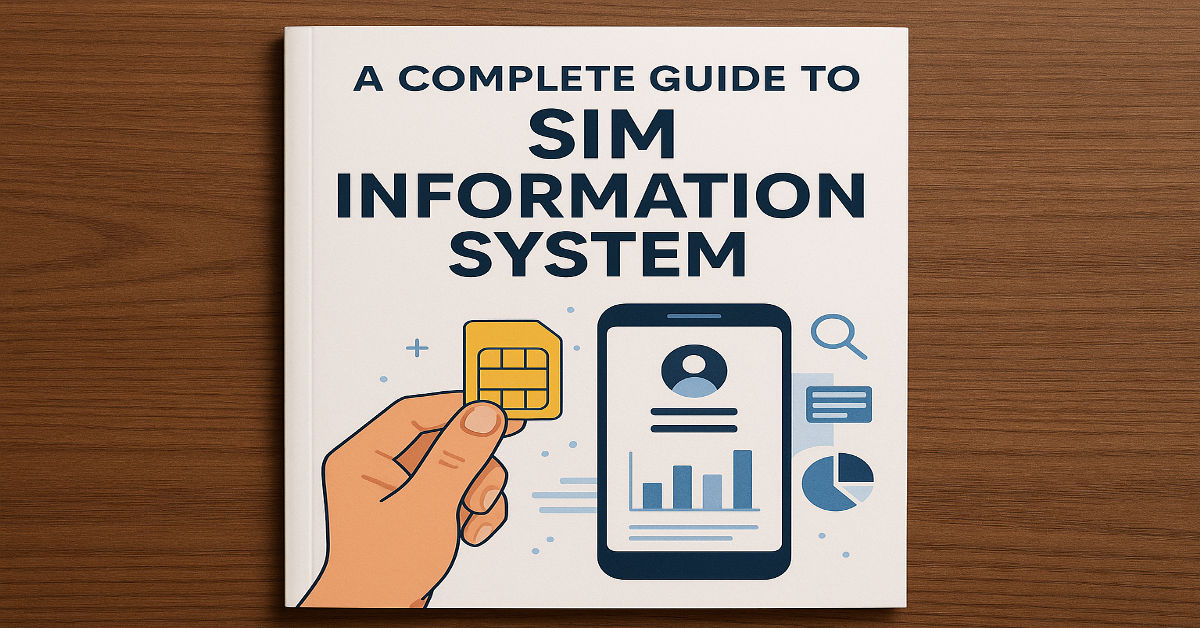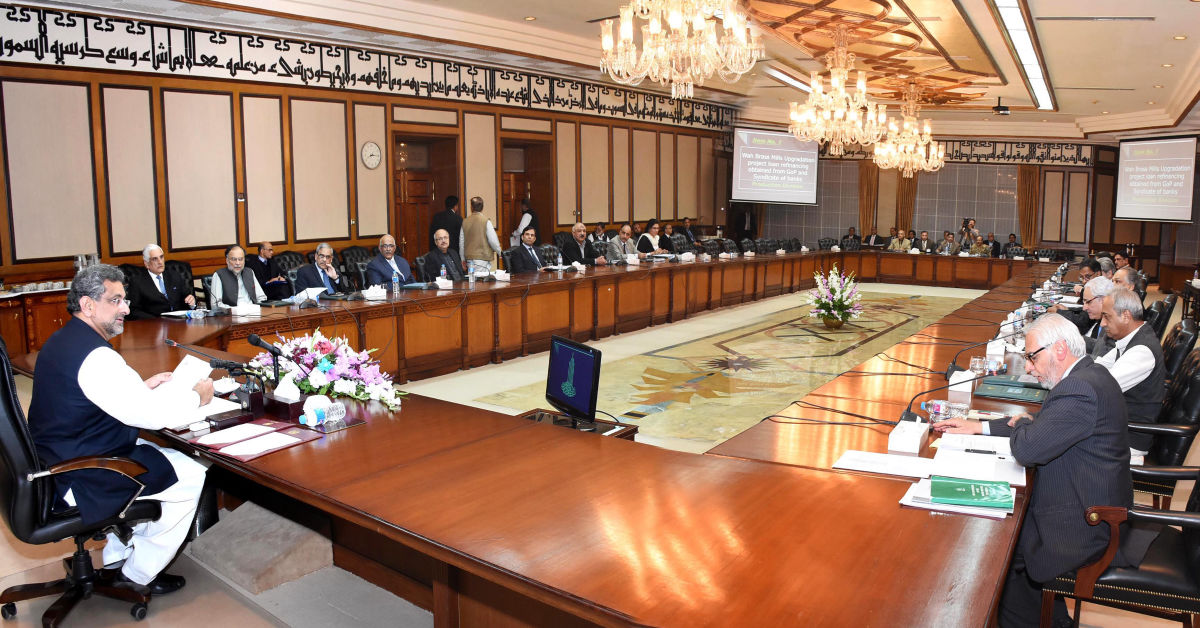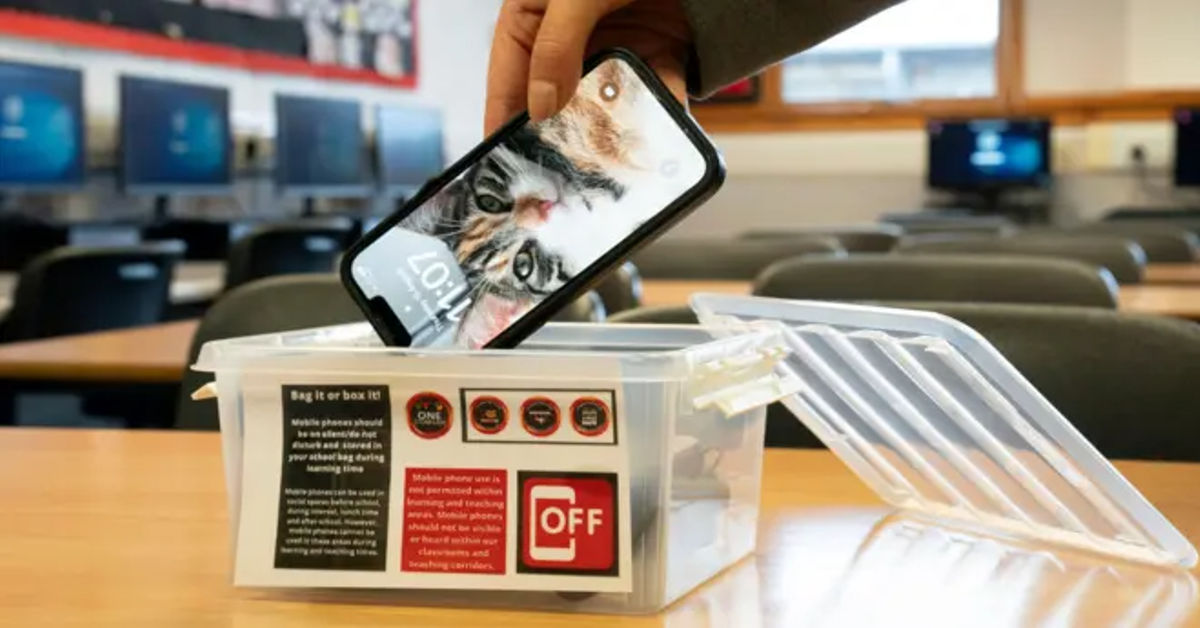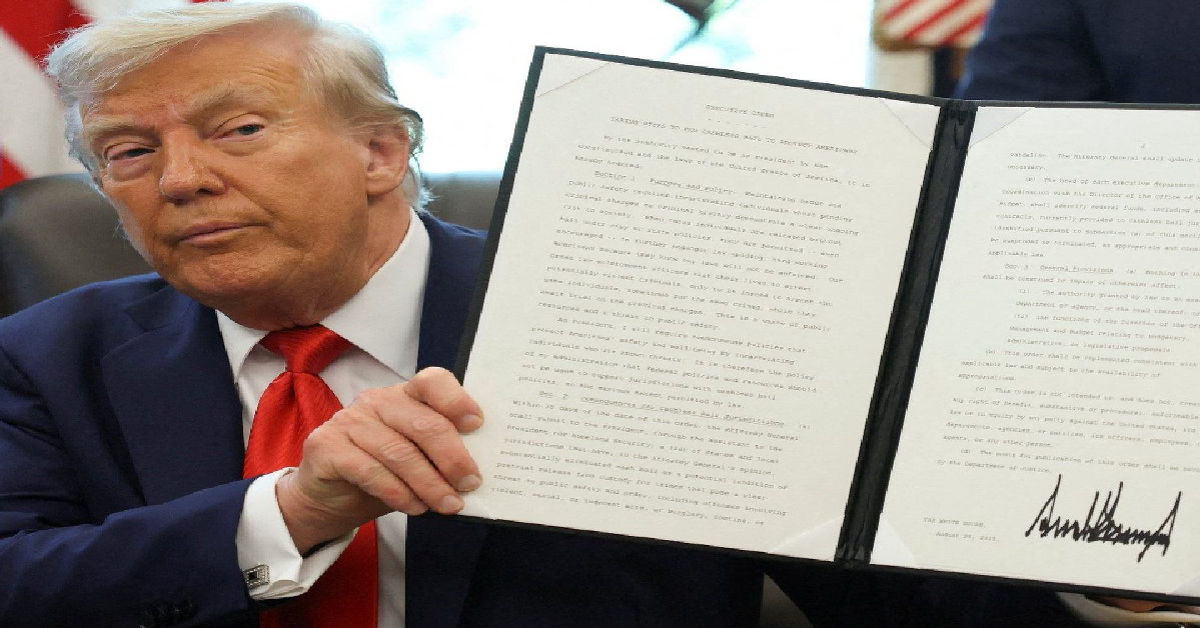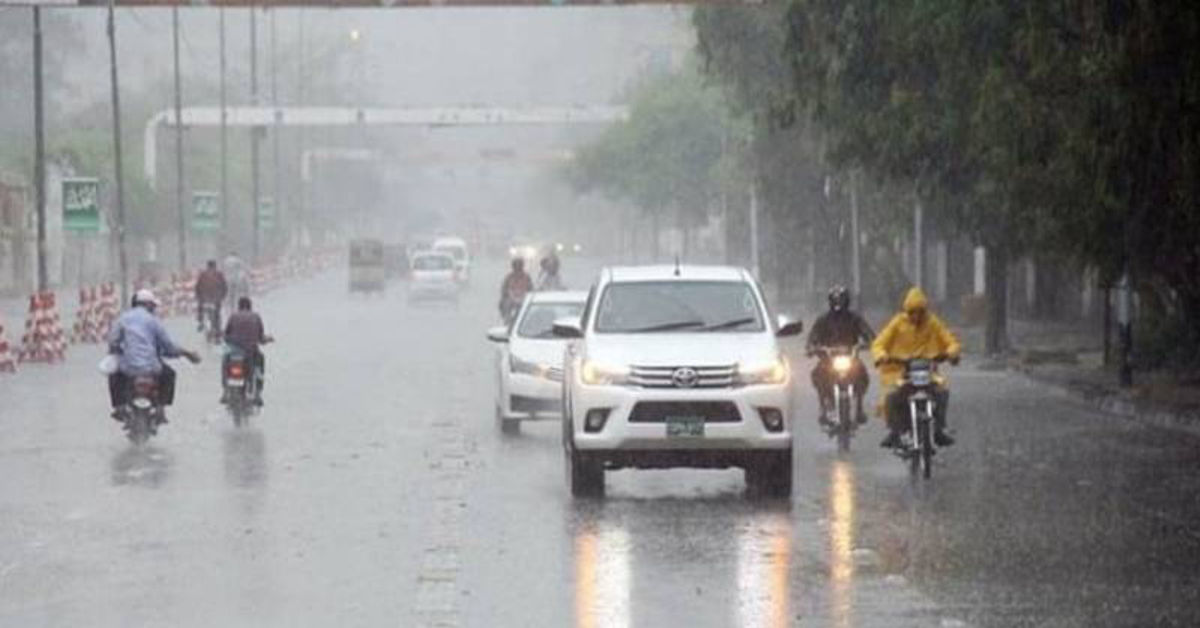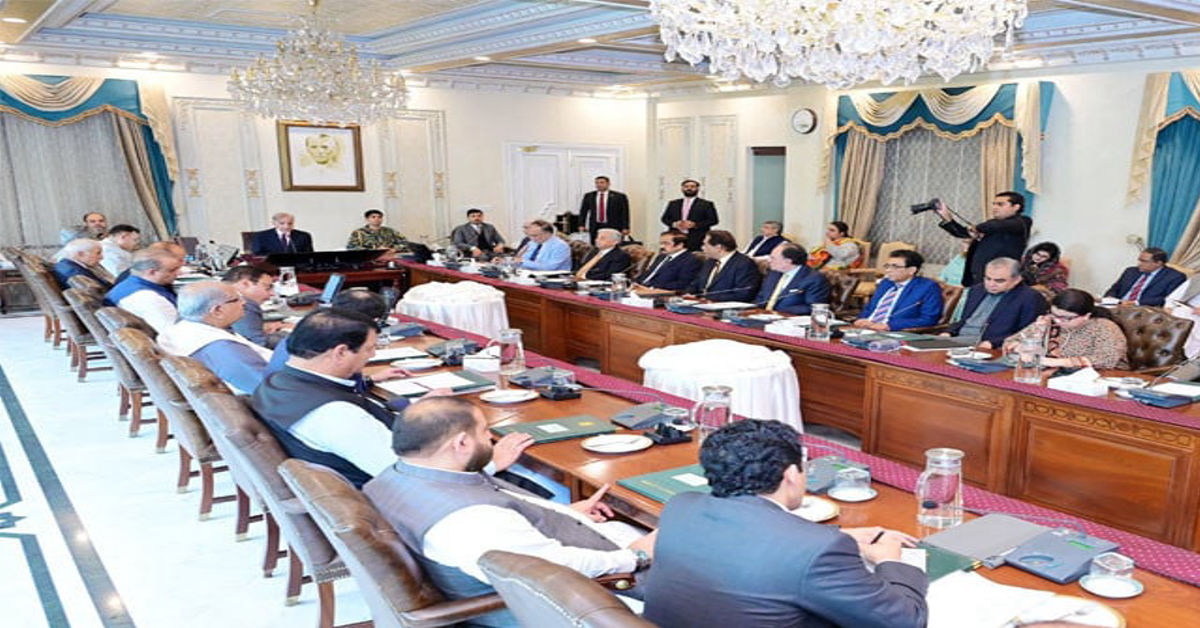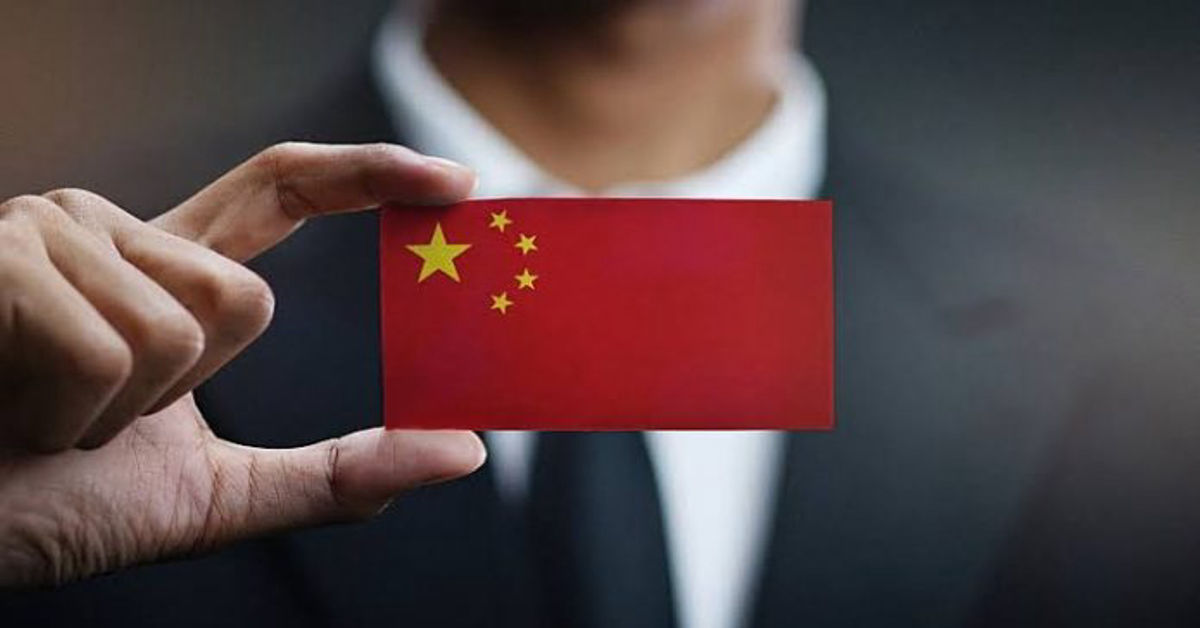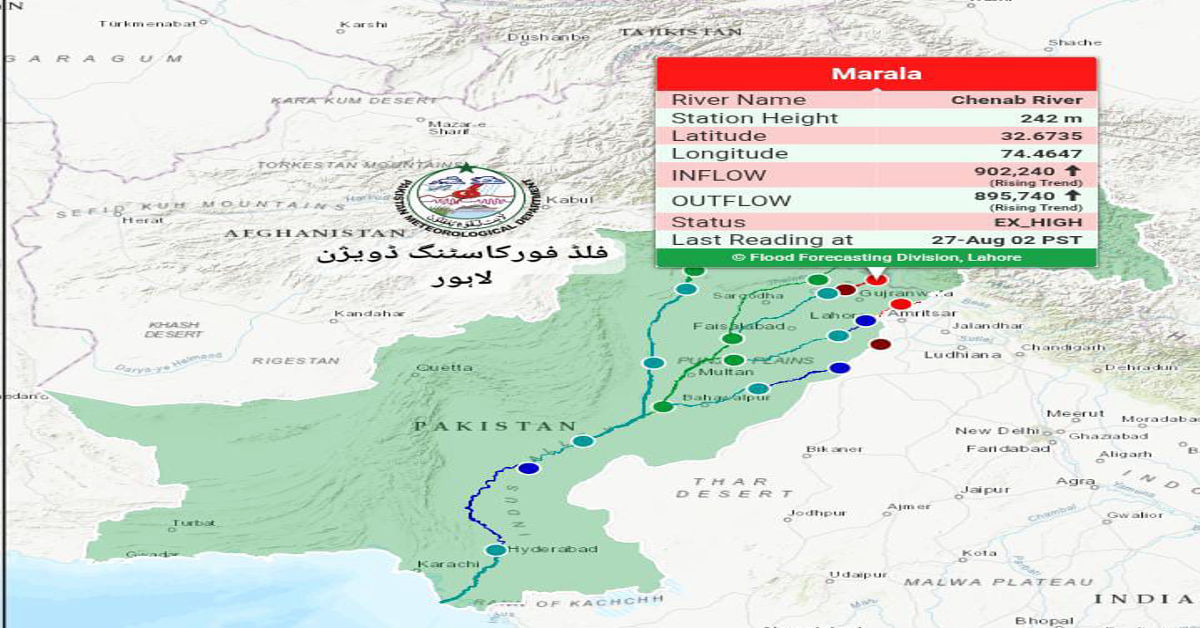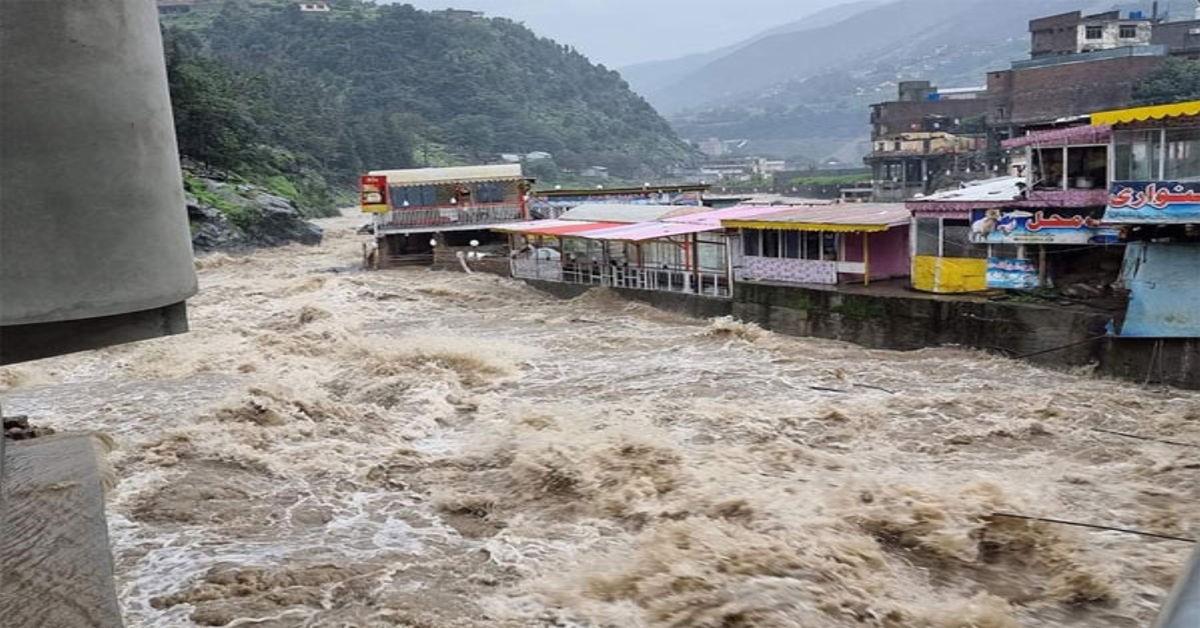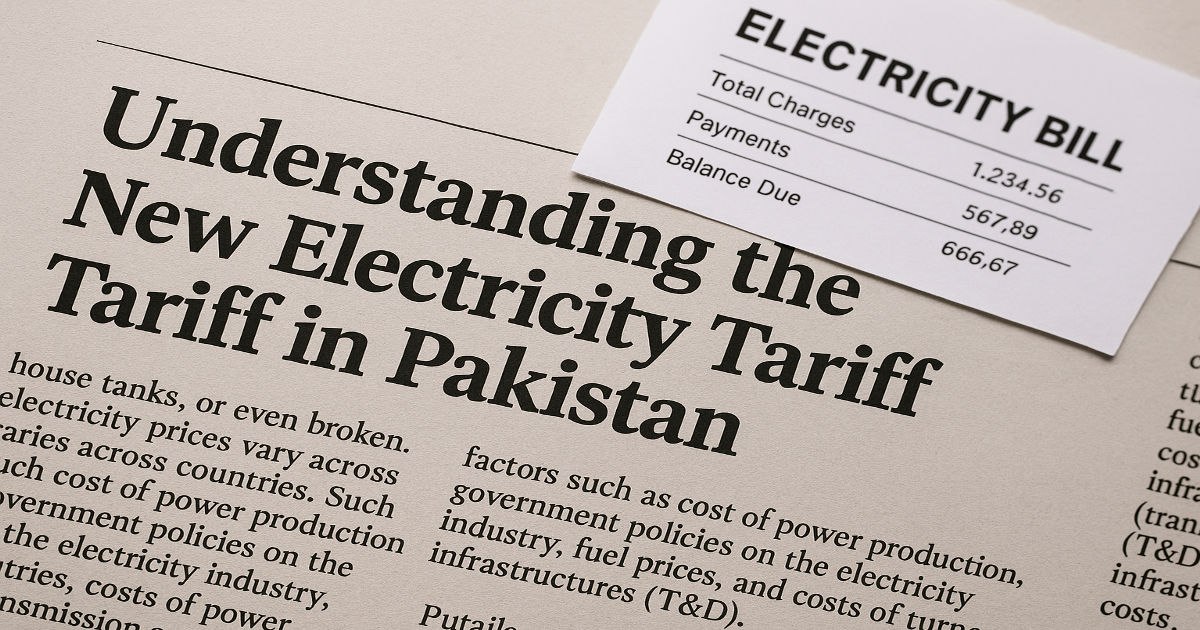
Navigating your monthly electricity bill in Pakistan can often feel like trying to solve a complex puzzle. With terms like fuel price adjustments, surcharges, and varying unit rates, it’s easy to get confused. The introduction of any new electricity tariff adds another layer to this complexity, leaving many households wondering what it all means for their budget. This guide, informed by data from NEPRA and insights from energy sector experts, is designed to demystify your electricity bill, explain the core components that determine your final cost, and offer practical advice to help you manage your energy consumption more effectively.
What is a Power Tariff and Who Decides It?
In simple terms, a power tariff is the price you pay for each unit (kilowatt-hour or kWh) of electricity you consume. This rate isn’t set randomly. In Pakistan, the National Electric Power Regulatory Authority (NEPRA) is the primary body responsible for determining these tariffs. NEPRA carefully calculates the cost of generating, transmitting, and distributing electricity across the country, considering factors like fluctuating fuel costs, maintenance, and operational expenses for distribution companies (DISCOs). The process includes public hearings and stakeholder input, ensuring transparency and a regulated approach. After NEPRA finalizes a tariff, the government provides its input, and it is then implemented by companies such as LESCO (Lahore), K-Electric (Karachi), and IESCO (Islamabad).
The Slab System Explained
Pakistan uses a progressive slab system for most domestic consumers, which means the more electricity you use, the higher your per-unit rate becomes a common utility model worldwide. This protects low-consumption users, called lifeline consumers, by offering them a subsidized rate, while encouraging energy conservation among heavier users. For example, according to NEPRA’s 2023 schedule of tariffs, the price for the first 100 units might be just a fraction of what you pay for units above 300 or 400 kWh. Understanding your position within this slab system is crucial, as even a small increase can move you to a higher bracket and lead to a noticeable bill hike. Any adjustment in the new electricity tariff structure often involves changes to these slabs, so it’s important to review your bill each month and keep an eye on official updates.
Peak vs. Off-Peak Hours
For many consumers, particularly those with three-phase meters, electricity costs also vary by the time of day this is known as Time-of-Use (TOU) billing. Peak hours, usually in the evening (6:00 PM to 10:00 PM for most DISCOs, but check your provider’s schedule), carry a higher unit rate to reflect high national demand. Off-peak hours, making up the rest of the day and night, usually feature much lower rates. According to NEPRA data, shifting heavy appliance use to off-peak hours can reduce monthly bills by up to 15% for the average household. This actionable step empowers you to make changes that directly impact your expenses.
Breaking Down Your Bill
Your electricity bill consists of several elements beyond the simple unit charge. Understanding these helps you verify your costs and identify opportunities for savings.
- Fuel Price Adjustment (FPA): A variable charge reflecting changing global fuel costs, updated monthly. According to NEPRA notifications, FPAs can sometimes account for over 20% of a monthly bill.
- Surcharges and Taxes: Includes the General Sales Tax (GST) and sector-wide debt surcharges. These are standard on all bills and can be substantial.
- Meter Rent: A fixed monthly fee for metering equipment.
- Arrears: Any unpaid past amounts that carry over into your current cycle.
How a Tariff Impacts Your Household Budget
When a new electricity tariff is approved and implemented, NEPRA issues public notifications to keep consumers informed. These changes can affect the base unit rate, modify lifeline consumer thresholds, or introduce new surcharges aimed at reducing sector debts. For instance, an increase in the base rate for the 101–200-unit slab directly impacts middle-income households. This often means updating household budgets and finding ways to use energy more efficiently. National surveys show a 12–18% annual rise in average household bills following major tariff changes over the last decade. Being proactive such as reading each line of your bill and staying updated through NEPRA’s official announcements helps you adjust early and avoid unexpected costs.
Practical Tips for Energy Conservation at Home
Optimizing your electricity use is the most effective way to reduce your bill, no matter the tariff in place. Here are proven strategies used by smart Pakistani households:
- Switch to LEDs: According to the Alternative Energy Development Board (AEDB), switching to LEDs can cut lighting costs by up to 80%.
- Unplug Unused Devices: Standby power can account for up to 10% of monthly household consumption.
- Manage Your AC Usage: Set your AC to 26°C, and service filters regularly. Studies show that every 1°C increase on the thermostat can save 6% on cooling costs.
- Use Appliances Wisely: Run laundry and kitchen appliances during off-peak hours, and always use full loads.
Exploring Alternatives: Solar Net Metering
For those seeking long-term solutions, solar net metering stands out as a reliable alternative. By installing rooftop solar panels, you generate your own electricity and can sell any excess back to the grid, receiving credits from your DISCO. According to the Pakistan Solar Association, more than 20,000 domestic connections have adopted net metering since 2019, and customer testimonials highlight reductions of up to 90% in monthly electricity bills. NEPRA’s “Net Metering Regulations” ensure a transparent and secure framework, building trust among consumers who make the switch. Explore local installers registered with AEDB for trusted service and government-approved incentives.
Conclusion
Navigating Pakistan’s electricity pricing is easier when you rely on authoritative sources and proven strategies. The new electricity tariff structure, with its slab rates, peak-hour charges, and several bill components, influences the cost for every household. By consulting NEPRA’s official updates, paying attention to bill details, and incorporating energy conservation practices, you set yourself up for better control over your monthly expenses. Our team’s expertise and first-hand experience, along with the latest data, ensure you have the trustworthy, practical guidance needed to thrive even as rates evolve.
Frequently Asked Questions (FAQs)
1. How do I know if I am a “lifeline consumer”?
A lifeline consumer is a residential user whose monthly consumption stays below 100 units. These consumers receive subsidized rates as defined by NEPRA’s official tariff notification. Your bill usually states your consumer category, or you can confirm your slab by contacting your local DISCO.
2. What is the difference between a domestic and a commercial tariff?
Domestic tariffs are for regular households, while commercial tariffs apply to businesses, shops, or offices. Commercial rates are higher due to increased usage and different peak/off-peak schedules, as set out in NEPRA’s Tariff Schedules.
3. Why does my bill have a Fuel Price Adjustment (FPA)?
FPA reflects global changes in the cost of fuel for power generation. NEPRA updates this rate monthly in line with worldwide markets. It accounts for cost variability without needing frequent base tariff changes.
4. How can I challenge my meter reading if I think it’s incorrect?
Contact your local DISCO and lodge a formal complaint. NEPRA requires all DISCOs to have transparent procedures for investigating meter discrepancies. Keeping regular records and photos of your meter helps support your case.
5. What is the easiest way to reduce my bill during peak hours?
Shift high-power activities, such as laundry, ironing, or running water pumps, to off-peak times listed on your DISCO’s website. NEPRA and AEDB recommend this as an effective way to save money and help balance the national grid.

